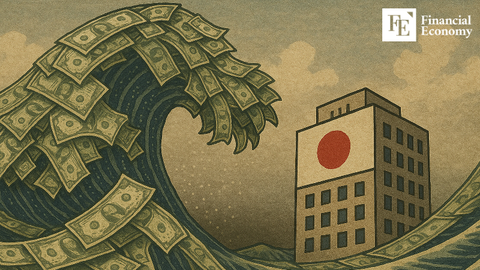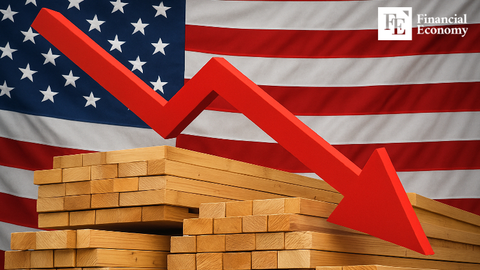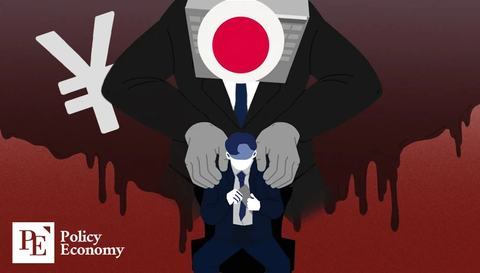Drill, Baby, Drill’ Fades: Is the U.S. Shale Boom Ending After 10 Years?
Input
Changed
Trump Tariffs Shake the Shale Industry Crisis Deepens Amid Shrinking Investment and Falling Output U.S. Oil Production Expected to Drop 1.1% Next Year
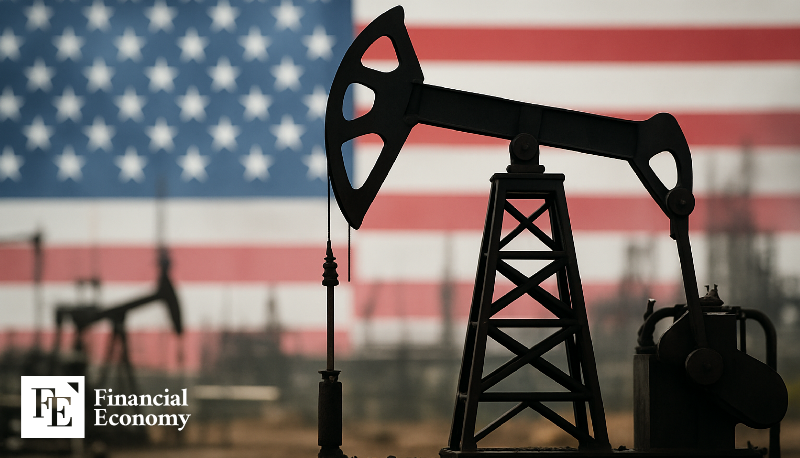
A decade-long energy boom triggered by the U.S. "Shale Revolution," which helped elevate America to a global energy superpower, is showing signs of coming to an end. The warning comes as global oil demand shrinks due to recession fears fueled by the tariff war initiated by President Donald Trump. In addition, rising costs from high tariffs on drilling equipment are prompting shale companies to scale back production. Despite Trump’s pledge to revitalize the fossil fuel industry and restore American energy dominance, the opposite appears to be unfolding.
U.S. Shale Enters Austerity Mode
On May 26 (local time), the Financial Times reported mounting concerns within the U.S. shale industry that the "decade-long shale boom is over." With declining oil prices eroding profitability, shale companies—responsible for about two-thirds of U.S. crude production—are shutting down drilling rigs and tightening spending.
According to global energy research firm Enverus, Chevron has announced a major restructuring plan to cut 15–20% of its global workforce. Aside from ExxonMobil and Chevron, the top 20 U.S. shale oil producers plan to slash capital investment budgets by USD 1.8 trillion this year. Herbert Vogel, CEO of Denver-based SM Energy, summed up the mood at a recent conference: "The current slogan is ‘Hold on.’"
Drilling activity is rapidly declining. Oilfield services company Baker Hughes reported that the number of active rigs in the U.S. fell to 553 last week, down 10 from the previous week and 26 fewer than a year ago. In Texas, the number of operating rigs has dropped to levels not seen since the early COVID-19 pandemic. Even Trump administration officials have not escaped the fallout. Liberty Energy, the second-largest fracking firm in the U.S. founded by Energy Secretary Chris Wright, has seen its market value nearly halved since Wright joined the Trump administration.
Energy and commodities analytics firm S&P Global Commodity Insights forecasts that U.S. oil production will fall 1.1% next year to 13.3 million barrels per day. If realized, it would mark the first annual production decline in a decade, excluding the 2020 pandemic shock.
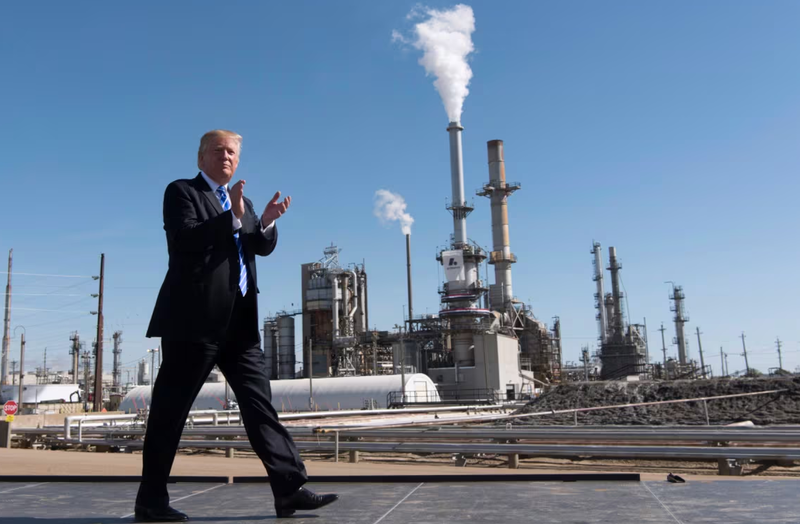
Tariffs, Inflation, and Falling Oil Prices Deal a Heavy Blow
President Trump once championed the slogan “Drill, Baby, Drill,” envisioning a surge in fossil fuel production to solidify America’s energy supremacy. The shale industry has long been a key political backer of Trump, donating USD 75 million to his campaign during the last election alone.
However, his tariff policies have had the opposite effect. Tariffs have driven up the prices of steel and aluminum, causing the cost of casing—a critical and expensive component of drilling operations—to spike 10% in the first quarter alone.
To absorb these rising costs, oil prices need to remain high. But concerns over a slowing economy due to the tariff war have pushed prices downward. According to the New York Mercantile Exchange, West Texas Intermediate (WTI) crude dropped below USD 65 per barrel within just three months of Trump’s second-term inauguration. As of May 26, WTI was trading at USD 61.53 per barrel—down 23% from its annual peak on January 15. Typically, shale companies require a minimum of USD 65 per barrel to cover production, operations, and interest expenses. Recent prices have consistently fallen below this breakeven level.
Trump’s public calls for lower oil prices from OPEC have backfired. OPEC+ (OPEC and allied producers including Russia) has not only reduced planned output cuts since last month but is now accelerating production increases. Bill Farren-Price, a senior analyst at the Oxford Institute for Energy Studies, commented, “President Trump mistakenly views falling energy prices as a way to offset inflation caused by high tariffs.”
"Peak Shale" Narrative Gains Ground
Experts increasingly agree that declining output signals the end of the shale industry’s growth trajectory. Thanks to the Shale Revolution, the U.S. produced cheap oil and gas at scale, energizing the economy and improving the trade balance through increased exports. Shale oil also reduced U.S. dependence on foreign energy and gave Washington leverage to impose sanctions on oil-producing nations like Russia, Iran, and Venezuela. But if oil prices fall to USD 50 per barrel, U.S. output could drop by another 300,000 barrels per day.
If the shale boom that elevated the U.S. to the world’s top oil producer collapses, control of the global oil market could swing back to the Middle East. OPEC+, sensing an opportunity, is stepping up production to reclaim lost market share. Over the past decade, OPEC’s global market share has dropped from 40% to below 25%, while the U.S. share rose from 14% to 20%. OPEC+ currently holds about 48% of the market.
According to Bloomberg, OPEC+ is discussing plans to raise output by 411,000 barrels per day starting in July—triple the amount initially scheduled. A final decision is expected at their June 1 meeting. While OPEC+ claims the increase is to meet rising demand, observers cite market share recovery, punishing over-producers, and appeasing Trump as underlying motives.


